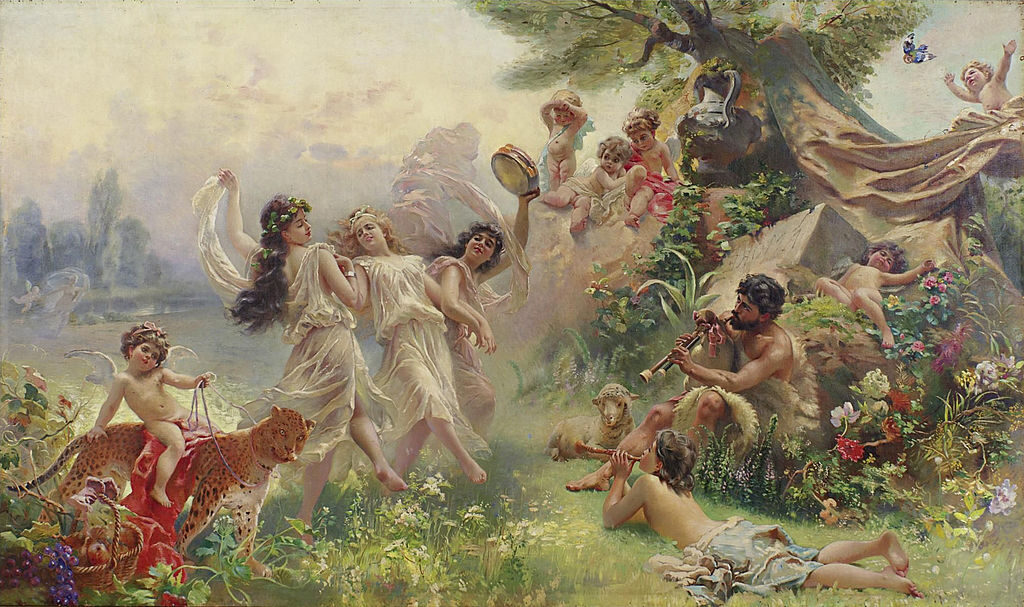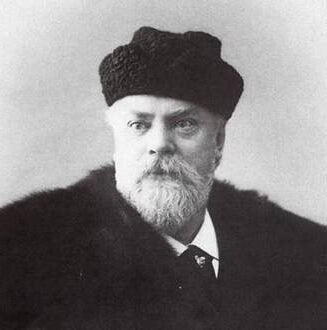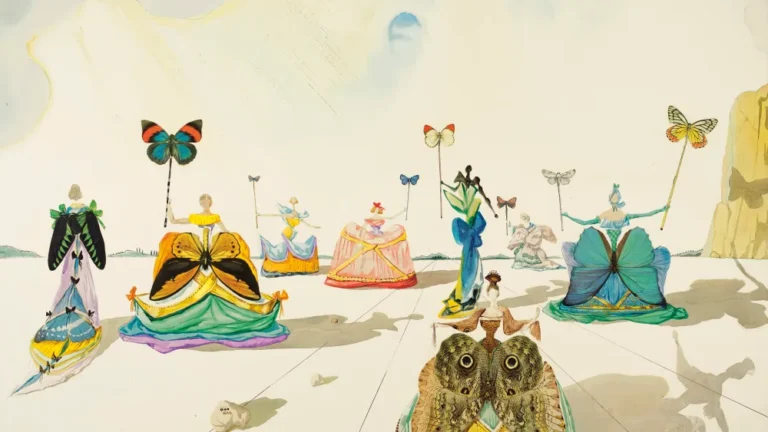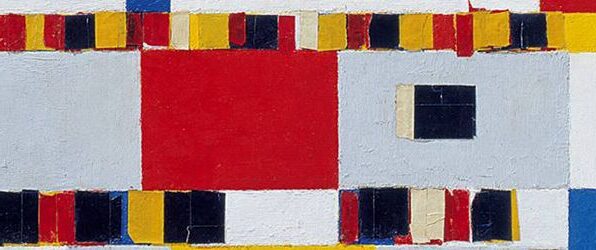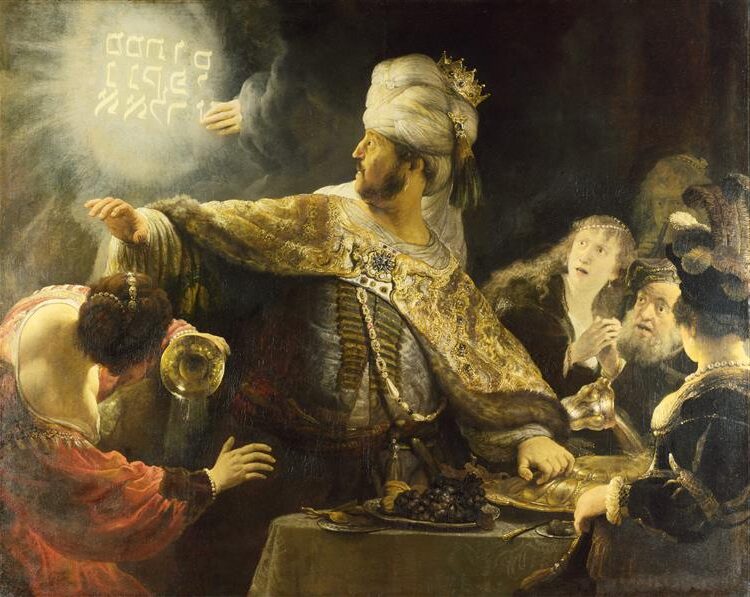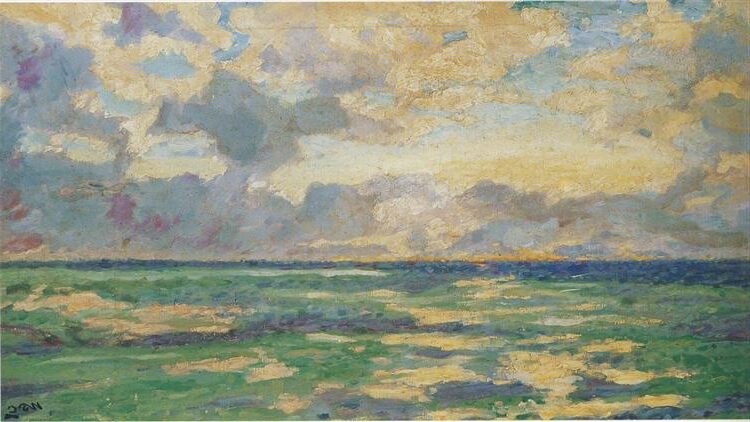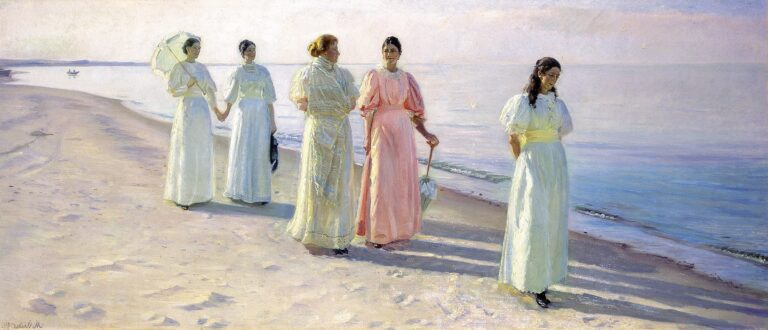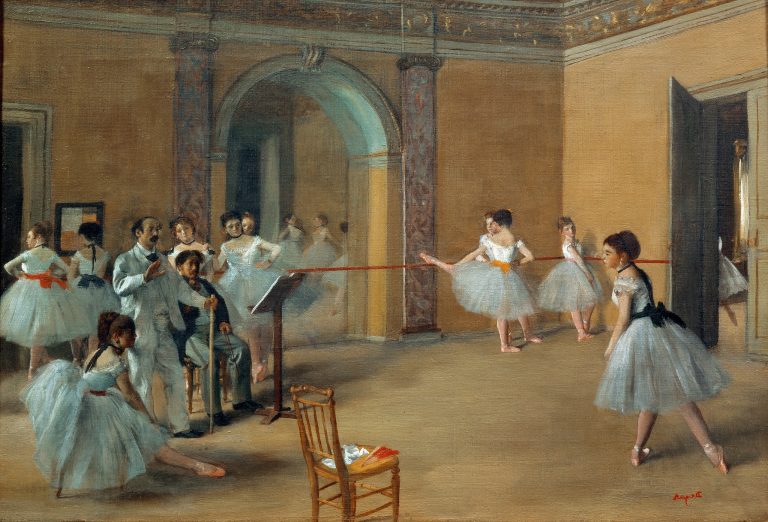Konstantin Makovsky: Painter of Russian Historical Grandeur and Aristocratic Elegance
Born: 20 June 1839, Moscow, Moskovsky Uyezd, Moscow Governorate, Russian Empire
Death: 17 September 1915, Petrograd, Russian Empire
Art Movement: Peredvizhniki, Academism
Nationalité : Russe
Influenced By: Vasily Tropinin and Karl Bryullov
Institution : École de peinture, de sculpture et d'architecture de Moscou et Académie impériale des arts de Saint-Pétersbourg
Konstantin Makovsky: Painter of Russian Historical Grandeur and Aristocratic Elegance
Vie et éducation précoces
Konstantin Yegorovich Makovsky was born on June 20, 1839, in Moscow, Russia. He was the eldest son of Yegor Ivanovich Makovsky, who was an amateur painter and prominent figure in the Moscow art scene.

Bride-show, 1886, by Konstantin Makovsky
Konstantin’s artistic talents emerged at an early age, nurtured by his father who was the founder of the Moscow School of Painting. His family environment provided him with early exposure to art and culture.
In 1851, at just 12 years old, Konstantin entered the Moscow School of Painting, Sculpture and Architecture. He quickly distinguished himself as an exceptional student, earning top marks and receiving all available awards during his time there.
Following his initial education in Moscow, Makovsky continued his artistic training at the Imperial Academy of Arts in Saint Petersburg. This prestigious institution helped refine his technical skills and exposed him to classical artistic traditions.
Like many 19th century artists seeking to broaden their horizons, Makovsky traveled to Paris early in his career. This journey served two purposes: to further his artistic education and to gain international recognition for his work.
His formal education, combined with his natural talent and artistic heritage, formed the foundation for Makovsky’s future success as one of Russia’s most celebrated painters.
Carrière artistique et style
Konstantin Makovsky’s artistic journey spans several decades during which he developed a distinctive style that blended academic techniques with historical themes. His work gained recognition both in Russia and internationally, particularly in America where his paintings fetched impressive prices.
Se hisser sur le devant de la scène
Makovsky began his formal art education at the Moscow School of Painting, Sculpture and Architecture. He later joined the Imperial Academy of Arts in St. Petersburg, where he quickly distinguished himself as a talented painter.
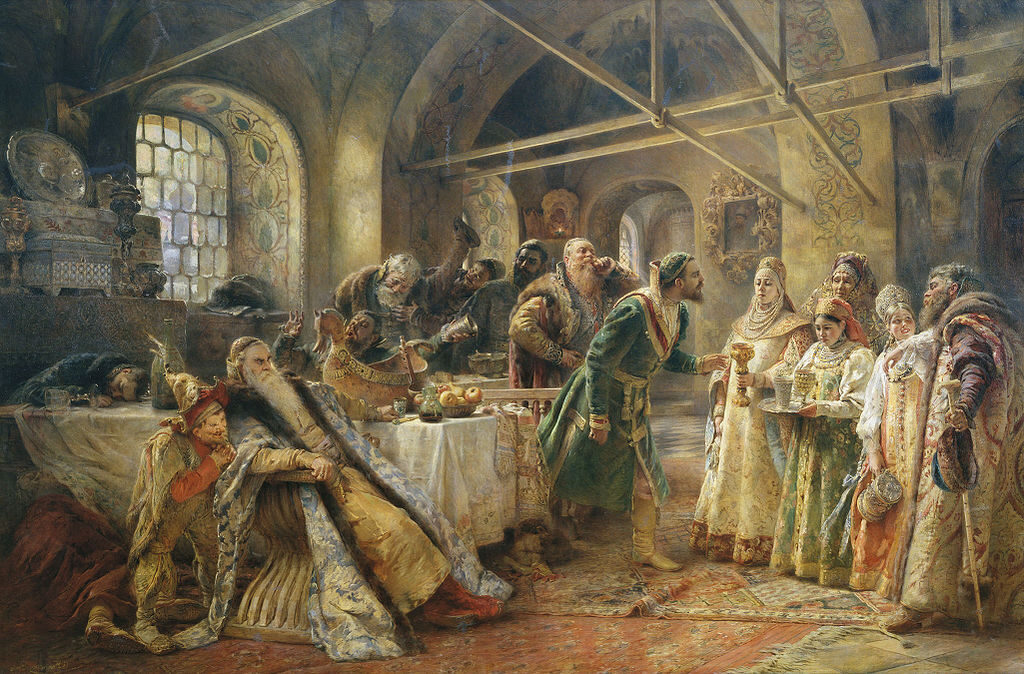
Kissing Ceremony, 1895, by Konstantin Makovsky
In 1863, Makovsky participated in the “Revolt of Fourteen,” when several promising students refused to paint the assigned mythological topic for their final exam.
Despite this early rebellion against academic restrictions, Makovsky later embraced a more conventional path. Unlike his contemporaries who joined the Peredvizhniki (The Wanderers), he chose to develop his own approach to Russian themes.
By the 1880s, Makovsky had established himself as “The Tsar’s Painter,” creating lavish canvases that celebrated Russian history and traditional customs. His technical mastery and attention to detail earned him significant commercial success.
Associations and Movements
While initially associated with the academic tradition, Makovsky maintained an independent position in Russian art circles. He briefly aligned with the Peredvizhniki movement, which sought to address social issues through art, but eventually departed from their ideology.
Makovsky’s work stands somewhere between the academic formalism of Salon Art and the more socially conscious Le réalisme russe championed by artists like Ivan Kramskoi. His paintings reflected a romanticized view of Russian history rather than the contemporary social problems that concerned many of his peers.
His approach to Russian themes focused on the decorative and picturesque aspects of historical subjects. This orientation toward beautiful, marketable images rather than critical social commentary made his work popular with wealthy patrons both in Russia and abroad.
Grands travaux
Makovsky’s most celebrated paintings feature elaborate historical scenes that showcase his technical brilliance and attention to detail.
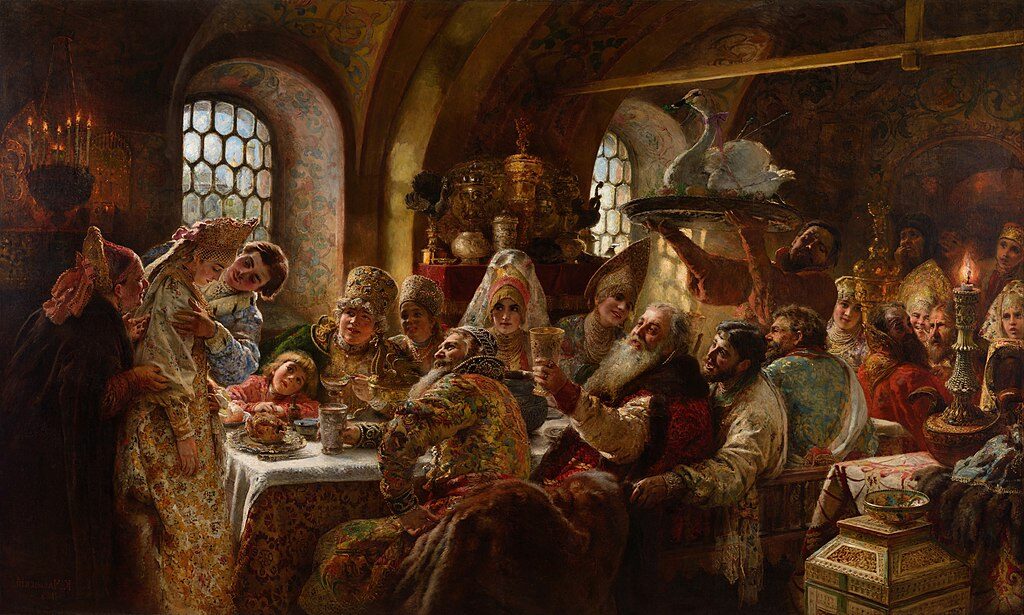
A Boyar Wedding Feast, 1883, by Konstantin Makovsky
“A Boyar Wedding Feast” (1883) depicts a 17th-century Russian aristocratic wedding with stunning accuracy in the costumes and setting. This painting launched him to international fame.
“The Russian Bride’s Attire” (1889) similarly displays Makovsky’s skill in rendering sumptuous fabrics, jewelry, and traditional costumes. These works became emblematic of his ability to capture Russia’s cultural heritage.
His historical paintings, including “Death of Ivan the Terrible,” demonstrate his talent for dramatic composition and psychological insight. Beyond these grand historical canvases, Makovsky was also accomplished in portraiture, producing elegant likenesses of Russian aristocracy and wealthy American patrons.
Throughout these works, Makovsky displayed consistent technical excellence, particularly in his rendering of fabrics, jewelry, and intricate details that brought historical Russian life to vivid reality.
Influences et héritage
Konstantin Makovsky’s artistic legacy extends beyond his impressive paintings. His work influenced many Russian artists and continues to be celebrated in museums worldwide. Makovsky’s distinct style blending academic techniques with Russian historical themes created a lasting impact on art history.
Influence on Russian Artists
Makovsky’s connection to the “Peredvizhniki” (Wanderers) movement shaped Russian art during the late 19th century. Though he later diverged from their approche réaliste, his early association with this group established his credibility in Russian artistic circles.
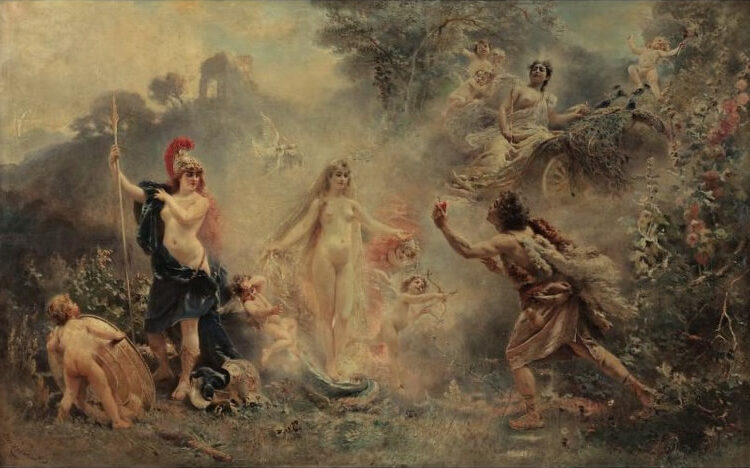
The Judgement of Paris, 1889, by Konstantin Makovsky
Many younger Russian painters adopted elements of Makovsky’s romantic style, particularly his technique for portraying historical subjects with vivid detail and emotional depth. His elaborate scenes of boyar life and bride-shows created an idealized view of Russian history that resonated with audiences.
In Saint Petersburg, Makovsky’s approach to portraiture influenced the next generation of artists. His attention to fabric textures, jewelry, and ornate settings became hallmarks that others emulated in their own work.
Makovsky in Museums
Makovsky’s paintings are prominently displayed in prestigious museums, particularly the State Russian Museum in St. Petersburg. His most celebrated works, including “The Russian Bride’s Attire” (1889), remain centerpieces of Russian art collections.

Beneath the Crown / The Russian Bride’s Attire / Before the Wedding, 1890
Makovsky achieved international recognition when he received the Large Gold Medal at the 1889 World’s Fair in Paris for several paintings, including “Death of Ivan the Terrible.” This acclaim helped establish Russian art on the global stage.
His paintings frequently travel for special exhibitions that highlight 19th-century Russian culture and history. Museums value his works not only for their artistic merit but also as historical documents that capture the costumes, customs, and architecture of Russia’s past.
American museums also hold significant Makovsky pieces, reflecting his popularity among wealthy U.S. collectors during the late 19th century.
Questions fréquemment posées
Konstantin Makovsky established himself as one of Russia’s most celebrated painters during the late 19th century. His distinctive style and choice of historical subjects earned him both critical acclaim and financial success.
What are the most notable works of Konstantin Makovsky?
Makovsky’s most famous paintings include his trilogy of Russian wedding scenes. “A Boyar Wedding Feast” (1883) launched his international reputation and career as a celebrity painter.
“Choosing the Bride” (1887) continued his exploration of traditional Russian wedding customs with stunning detail and historical accuracy.
“The Russian Bride’s Attire” (1889) completed his wedding trilogy, showcasing his mastery of color and texture in depicting traditional Russian dress and customs.
How did Konstantin Makovsky contribute to Russian art?
Makovsky helped preserve Russian historical customs and traditions through his detailed paintings. His works documented Russian aristocratic life of earlier centuries with meticulous attention to period costumes and settings.
He elevated Russian historical genre painting to international prominence, introducing Western audiences to Russian culture and history.
His technical brilliance in portraiture and historical scenes made him one of Russia’s highest-paid artists, demonstrating that Russian art could command significant commercial success.
What was the influence of the Peredvizhniki on Makovsky’s style?
The Peredvizhniki (Wanderers) movement embraced realism and sought to break from rigid academic restrictions. Makovsky’s affiliation with this group shaped his approach to depicting authentic Russian subjects.
Though connected to the Wanderers, Makovsky developed a more romantic and idealized style than some of his peers. He combined the movement’s interest in Russian themes with a polished technique that appealed to wealthy patrons.
His relationship with the group was complex, as he balanced their ideals of artistic freedom with his commercial success painting for elite clients.
Can you outline the major themes in Konstantin Makovsky’s paintings?
Russian history, particularly the pre-Petrine era, dominated Makovsky’s most significant works. He was fascinated by the customs, costumes, and daily life of 16th and 17th century Russian nobility.
Traditional Russian wedding ceremonies became a signature subject, allowing him to showcase both narrative storytelling and technical virtuosity in rendering sumptuous fabrics and jewelry.
Portraiture represented another major theme in his work, with commissions from wealthy families in Russia and abroad demonstrating his skill in capturing both likeness and social status.
How were Makovsky’s works received during his lifetime?
Makovsky achieved remarkable commercial success during his lifetime. By 1883, at age 44, he had become one of Russia’s highest-paid artists.
His paintings were particularly popular among American collectors, who appreciated his romantic vision of Russian history and technical excellence.
While some critics viewed his work as overly theatrical or commercial, his ability to create visually stunning historical scenes earned him the nickname “The Tsar’s Painter” and widespread popularity.
What artistic movements was Konstantin Makovsky associated with?
Makovsky began his career within the Academic tradition. Later, he challenged its restrictions. His opposition to academic limitations aligned him with progressive artistic movements.
The Peredvizhniki (Wanderers) movement was his primary affiliation. This group emphasized realistic portrayals of Russian life and sought greater artistic freedom.
Makovsky’s style also incorporated elements of Russian Romanticism. Particularly in his idealized historical scenes that celebrated national heritage and cultural identity.

